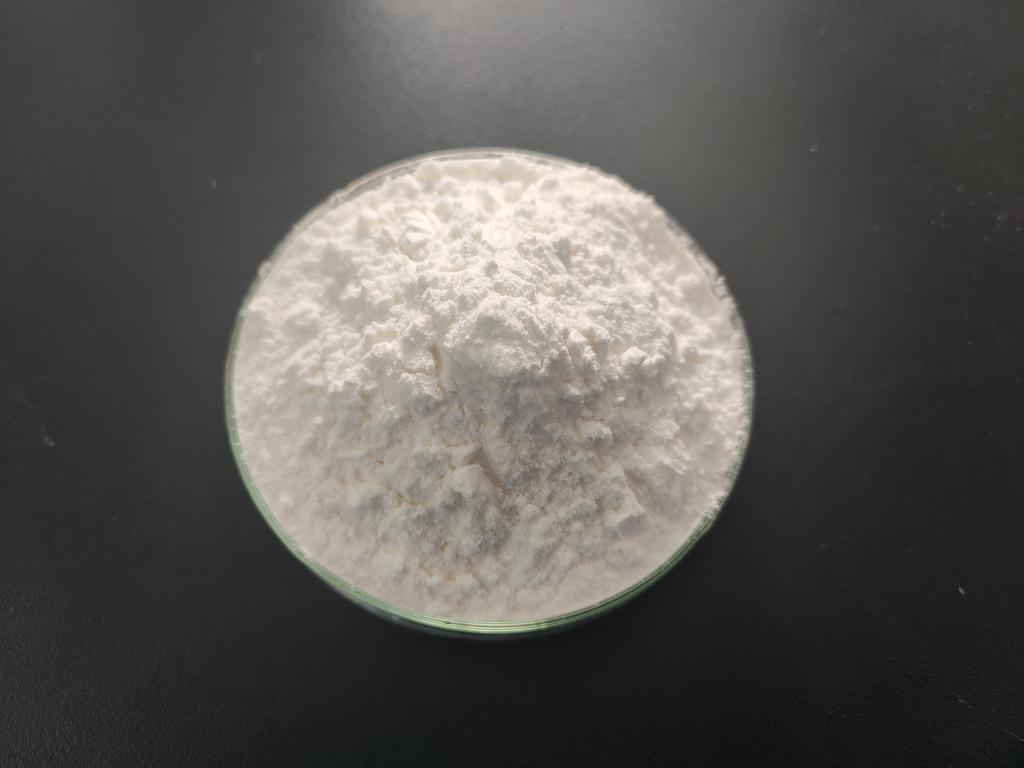Tel:+8618231198596

News
 CONTACT
CONTACT
 CONTACT
CONTACT
- Linkman:Linda Yao
- Tel: +8618231198596
- Email:linda.yao@dcpharma.cn
- Linkman:CHARLES.WANG
- Department:Overseas
- Tel: 0086 0311-85537378 0086 0311-85539701
News
Current Position:
Home >
News
>ε-Polylysine Hydrochloride: A Green Solution in the Preservation of Natural Products
ε-Polylysine Hydrochloride: A Green Solution in the Preservation of Natural Products
TIME:2024-02-22
ε-Polylysine Hydrochloride: An Overview
ε-Polylysine Hydrochloride, commonly known as ε-PL, is a natural antimicrobial compound produced by Streptomyces albulus. It is a polymeric form of the amino acid lysine and is water-soluble. ε-PL is known for its broad-spectrum antimicrobial activity against bacteria, yeast, and molds, making it an effective preservative in various applications.
Green Preservatives and Sustainability
The increasing awareness of environmental sustainability and health-conscious consumer choices has led to a demand for green and natural preservatives. Traditional preservatives, such as synthetic antioxidants and antimicrobials, are often associated with environmental pollution, health concerns, and consumer skepticism. ε-PL, being a naturally occurring compound with antimicrobial properties, offers a sustainable and eco-friendly alternative.
Applications in Food Preservation
One of the primary applications of ε-PL is in the food industry, where it serves as a preservative to extend the shelf life of various products. It is particularly effective in inhibiting the growth of spoilage microorganisms and pathogens, contributing to the overall safety and quality of food. From meats to dairy products and beverages, ε-PL has shown promise in enhancing the preservation of a wide range of food items.
Mechanism of Action
The antimicrobial activity of ε-PL is attributed to its ability to disrupt the cell membranes of microorganisms. It forms complexes with negatively charged components on the cell surface, leading to membrane destabilization and cell death. Unlike some synthetic preservatives, ε-PL's mechanism of action is selective, targeting microorganisms while preserving the integrity of the treated product.
Stability and Compatibility
ε-PL is known for its stability under a wide range of conditions, including variations in temperature and pH. This stability makes it suitable for diverse applications in different industries. Additionally, ε-PL has shown compatibility with various food ingredients and formulations, allowing for its seamless integration into different products without compromising their quality.
Cosmetic and Personal Care Applications
Beyond the food industry, ε-PL has found applications in cosmetics and personal care products. It serves as a natural preservative in creams, lotions, shampoos, and other formulations. The antimicrobial properties of ε-PL contribute to the prevention of microbial contamination, ensuring the safety and stability of cosmetic products while aligning with consumer preferences for natural and sustainable ingredients.
Pharmaceutical Applications
In the pharmaceutical industry, where the preservation of drugs and formulations is crucial, ε-PL has demonstrated its potential as a green preservative. Its efficacy against a broad spectrum of microorganisms makes it suitable for ensuring the microbial stability of pharmaceutical products, leading to enhanced safety and longer shelf life.
ε-PL and Antimicrobial Resistance
The rise of antimicrobial resistance is a global concern, and the search for alternative antimicrobial agents is imperative. ε-PL's unique mode of action, targeting cell membranes, presents a lower likelihood of microbial resistance development compared to some traditional antibiotics. This aspect adds to its appeal as a green solution in the context of preserving natural products without contributing to the global challenge of antimicrobial resistance.
Environmental Impact and Biodegradability
ε-PL is derived from natural sources, and its production involves fermentation processes that typically have a lower environmental footprint compared to the synthesis of some synthetic preservatives. Additionally, ε-PL is biodegradable, minimizing its impact on ecosystems once it is released into the environment. These characteristics align with the principles of green chemistry and sustainability.
Regulatory Approvals and Consumer Perception
The regulatory landscape plays a crucial role in the acceptance and widespread adoption of ε-PL as a preservative. Obtaining regulatory approvals ensures that ε-PL meets safety standards for use in different industries. Moreover, consumer perception is vital, and transparent labeling that highlights ε-PL as a natural preservative contributes to building trust and meeting the demand for clean-label products.
Challenges and Future Directions
While ε-PL presents numerous advantages as a green preservative, challenges exist that warrant further research and innovation. These challenges include optimizing production methods for scalability and cost-effectiveness, addressing potential interactions with other ingredients in complex formulations, and conducting comprehensive studies on its long-term effects on human health and the environment.
Conclusion
In conclusion, ε-Polylysine Hydrochloride emerges as a green and sustainable solution in the preservation of natural products. Its broad-spectrum antimicrobial activity, compatibility with diverse formulations, and eco-friendly characteristics position it as a viable alternative to traditional synthetic preservatives. As industries across food, cosmetics, and pharmaceuticals seek environmentally conscious and health-oriented solutions, ε-PL stands out as a promising contributor to the paradigm shift towards greener and more sustainable preservation methods. Continued research, regulatory support, and industry collaboration are key to unlocking the full potential of ε-PL in safeguarding the quality and longevity of natural products.
- Tel:+8618231198596
- Whatsapp:18231198596
- Chat With Skype







